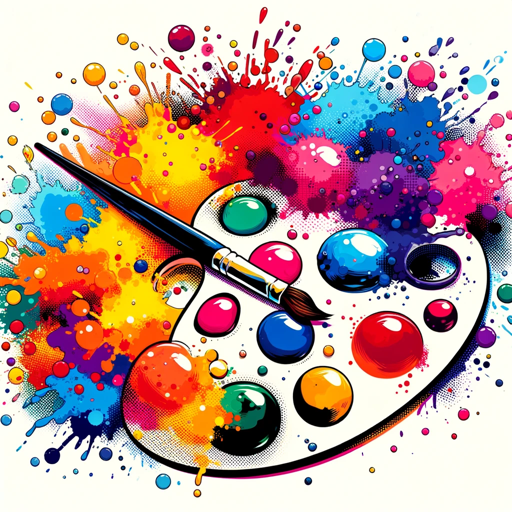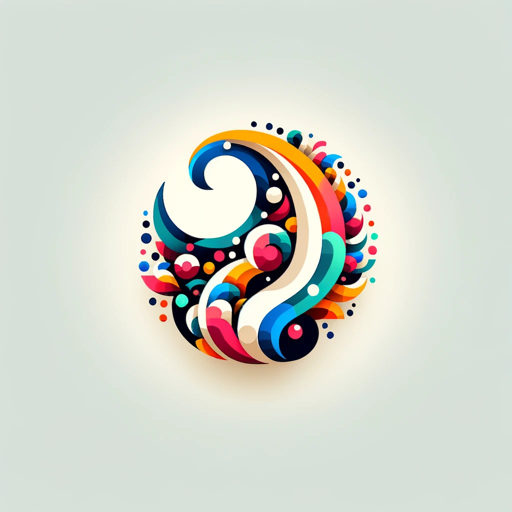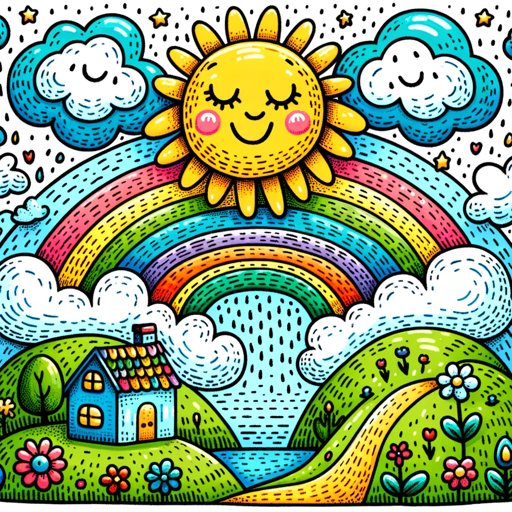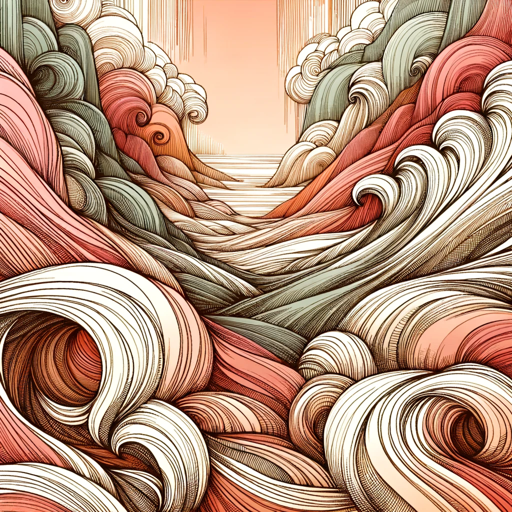2D Illustrator-AI-Powered 2D Illustration Tool
AI-Powered Visual Storytelling
Describe a scene for a comic strip
Share a concept for a storyboard
Upload an image for artistic interpretation
Tell me a story to illustrate
Related Tools
Load More3D Illustrations Creator by Mojju
Experience bespoke 3D illustration creation with 3D Illustrations Creator by Mojju. Specializing in modern, minimalistic 3D designs with a playful touch, it transforms your ideas into visually appealing single-object illustrations.

Illustrator AI +
A guide for learning and using Adobe Illustrator effectively.

Watercolor Illustrator GPT
Expert in minimalist watercolor-style illustrations.

3D Cartoon 🎨✨
✨ 3D Cartoon Illustrator ✨

Diseñador Grafico
Impulsa tus artículos con imágenes creativas: "Diseñador Grafico" transforma tus textos en diseños gráficos únicos, en un solo clic.

Consistent Style Illustrator
Creates consistent style children's book illustrations.
20.0 / 5 (200 votes)
Introduction to 2D Illustrator
2D Illustrator is a specialized tool designed to transform textual and visual inputs into detailed 2D flat cartoon-style illustrations with black outlines. It is optimized for creating cohesive, visually appealing images that narrate concepts and stories through an illustrative format. This tool excels in breaking down complex inputs into layered visual narratives, ensuring each element—from the foreground to the background—is meticulously detailed and artistically represented. For example, if a user provides a description of a bustling cityscape, 2D Illustrator would analyze the input to create a scene with distinct foreground (people and cars), midground (buildings and trees), and background (skyline and clouds), all rendered in a consistent cartoon style.

Main Functions of 2D Illustrator
Text-to-Image Conversion
Example
A user submits a descriptive paragraph about a medieval marketplace.
Scenario
2D Illustrator reads the description, identifying elements such as merchants, stalls, customers, and background scenery. It then generates a 2D cartoon-style image that encapsulates the entire scene with detailed elements corresponding to the user's text.
Image Layer Analysis and Reconstruction
Example
A user uploads a photo of a beach scene.
Scenario
2D Illustrator dissects the image into layers—foreground (people on the beach), midground (waves and shoreline), and background (ocean and sky)—and recreates each segment in a 2D cartoon style. This method ensures all elements are accurately represented while maintaining artistic consistency.
Storyboard Creation
Example
A script for a short animated video is provided.
Scenario
Using the script, 2D Illustrator creates a series of storyboard panels that visually narrate the story. Each panel is detailed, with backgrounds and character actions illustrated in a 2D flat cartoon style, providing a clear visual guide for the animation process.
Ideal Users of 2D Illustrator Services
Content Creators and Animators
These users benefit from 2D Illustrator's ability to transform scripts and story ideas into visual storyboards. This helps in planning animations and visual content with a clear, illustrative guide that enhances the storytelling process.
Educators and Trainers
Educators can use 2D Illustrator to create engaging visual aids and educational materials. By converting textual information into visual narratives, complex subjects become more accessible and understandable for students, fostering a better learning experience.

How to Use 2D Illustrator
Visit aichatonline.org for a free trial without login.
Access the platform without needing a ChatGPT Plus subscription or any login.
Upload Your Input
Submit text descriptions, concepts, or images that you want to be illustrated.
Define the Illustration Style
Choose the 2D flat cartoon-style option for consistent and appealing visuals.
Review and Edit
Use the platform’s tools to review and make necessary edits to the generated illustrations.
Download or Share
Save your final illustration or share it directly from the platform.
Try other advanced and practical GPTs
Code Buddy
Your AI-Powered Coding Companion

Company Name Generator
AI-Powered Creativity for Your Business Name

Interview Coach
AI-powered preparation for your next job interview.

Awkward Sweet Christmas Card Generator
AI-powered Christmas card magic with quirky twists!
Economist AI
AI-Powered Economic and Investment Insights
Katharyne's Coloring Book Creator for Imagine
AI-Powered Creativity for Your Coloring Books

Kid's Canvas
AI-powered creations for young minds

Rewrite Article
AI-powered content rewriting made simple.
Optimizmo
AI-driven content optimization for everyone

Event Creater
Effortlessly organize and schedule events with AI.

Satisfactory Advisor
AI-powered factory optimization for Satisfactory

Academic Ghostwriter
AI-Powered Thesis Assistance for Students

- Character Design
- Concept Art
- Visual Narratives
- Scene Design
- Storyboard Creation
2D Illustrator Q&A
What kind of inputs does 2D Illustrator accept?
2D Illustrator accepts text descriptions, concepts, and images to generate 2D flat cartoon-style illustrations.
Is there any cost to use 2D Illustrator?
No, you can access the free trial without logging in or requiring a ChatGPT Plus subscription.
Can I customize the generated illustrations?
Yes, the platform allows you to review and make edits to the illustrations for optimal results.
What is the aspect ratio of the illustrations?
All illustrations are created with a 9:16 aspect ratio, suitable for vertical displays.
How detailed are the backgrounds in the illustrations?
Backgrounds are highly detailed, reflecting specific scenes or conceptual elements from the input.